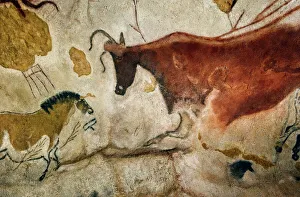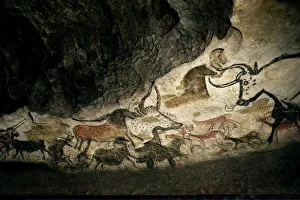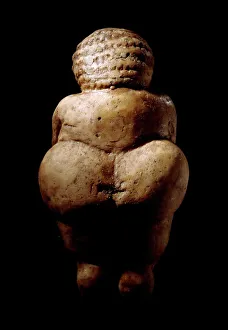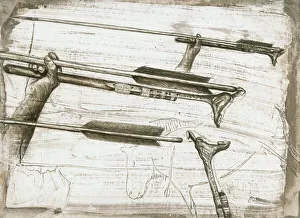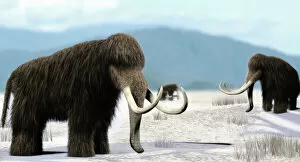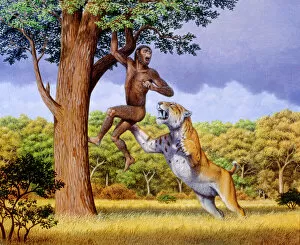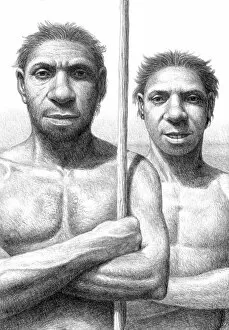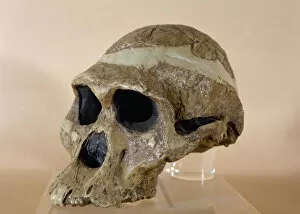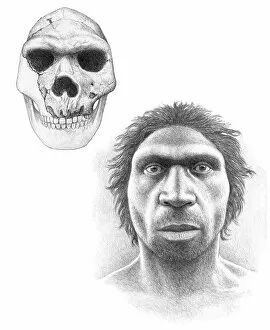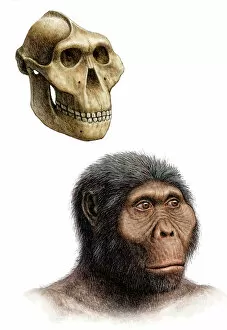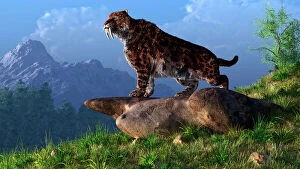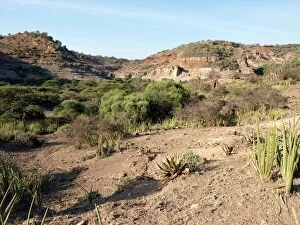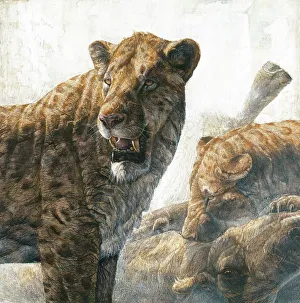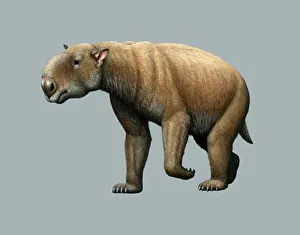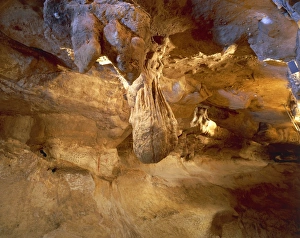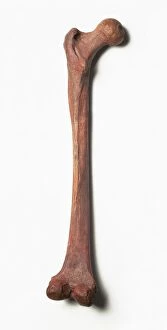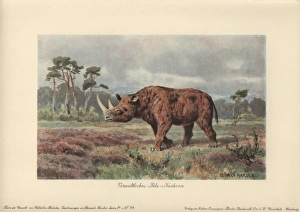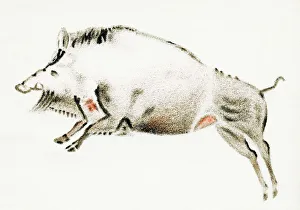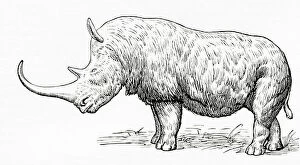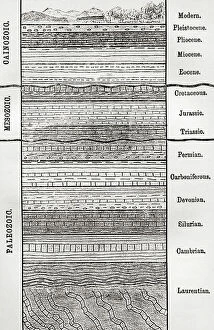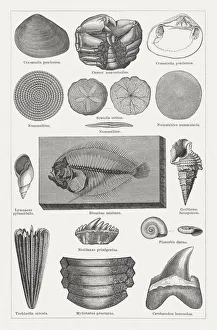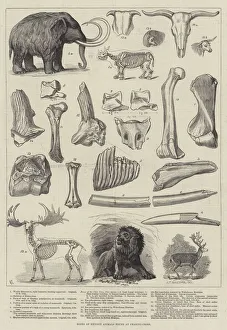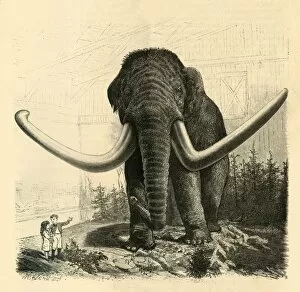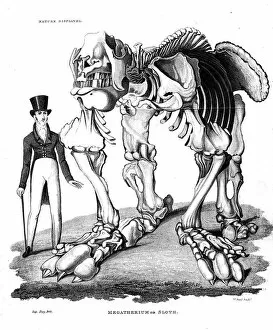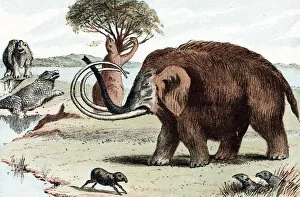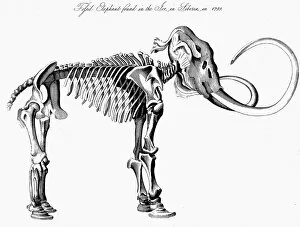Pleistocene Collection
"Journey back in time to the Pleistocene era, where ancient wonders come alive
All Professionally Made to Order for Quick Shipping
"Journey back in time to the Pleistocene era, where ancient wonders come alive. 🌍✨ Step into the Lascaux II cave painting replica C013 / 7378 and witness the breathtaking artistry of our prehistoric ancestors. Marvel at the ingenuity of our early human counterparts as you explore a collection that includes a prehistoric spear-thrower, an essential tool for survival. Encounter majestic creatures that once roamed this earth, like the mighty mammoth - a symbol of strength and resilience. Delve deeper into human evolution with illustrations showcasing Australopithecus, Homo habilis, and Homo sapiens skulls side by side. Witness nature's fierce battles as a scimitar cat attacks a hominid in an epic struggle for survival. Discover unique species like Glyptodon Asper - an armored giant from another time. Uncover the mysteries surrounding Homo heidelbergensis and their place in our ancestral lineage. Admire the timeless beauty captured in stone with Venus of Willendorf, a Stone Age figurine representing fertility and femininity. Gaze upon Mrs. Ples skull - one of humanity's oldest known ancestors belonging to Australopithecus boisei. Meet female Homo habilis; strong-willed pioneers who defied societal norms during their existence. Feel your heart race as you encounter Smilodon on a mountainside - an apex predator that ruled its domain. The Pleistocene era holds secrets waiting to be unraveled; it is through these relics we connect with our past and gain insight into what shaped us today. "

